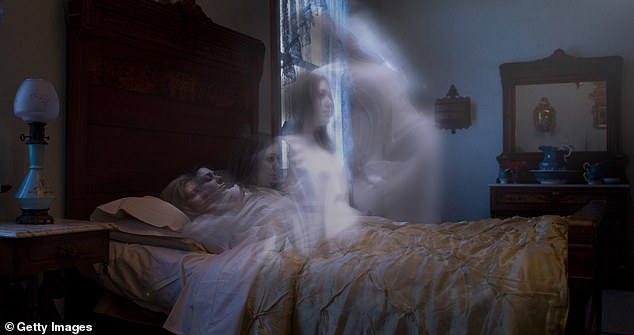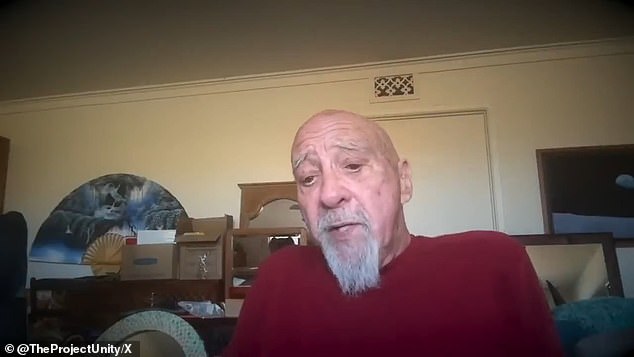- **A New Understanding of the Dying Process
A sudden surge of energy in the brain at the moment of death may be evidence of the soul departing from the body, a specialist has suggested.
Recently, a study was reviewed that recorded the brain activity of patients who had clinically passed away.
He explained how researchers attached small sensors to the brains of seven chronically ill patients just before they were disconnected from life support, capturing brain activity as each patient's blood pressure and heart rate dropped to zero.
The Project Unity team observed a sudden surge in activity after everything else seemed to disappear.
He was speculating that it could be either a near-death experience or the soul leaving the body.
Dr. Hameroff believes that consciousness originates at a more fundamental quantum level, suggesting it arises from quantum processes within the microtubules (minute structures within brain cells) rather than solely from the large-scale electrical signals between neurons.
, he said.
Researchers of the study proposed that the most plausible explanation is that the bursts occurred when the brain was deprived of oxygen.

Dr. Hameroff discussed the theory on The Science Channel's documentary series Through the Wormhole, stating: "Let's say the heart stops beating, the blood stops flowing; the microtubules lose their quantum state."
The quantum information contained within microtubules is not eliminated, it cannot be eliminated, and it simply disperses and radiates throughout the universe at large.
If the patient is revived, this quantum information can return to the microtubules, and the patient will say, 'I had a near-death experience.'
If they're not revived, and the patient dies, it's possible that this quantum information could persist outside the body, potentially indefinitely, as a form of a non-physical essence.
However, most scientists believe that consciousness is a result of complex interactions within the brain, arising from intricate neural networks that process information and create a unified subjective experience.
The study he was referring to, conducted in 2009 by researchers from George Washington University, aimed to determine the level of consciousness in patients at the end of life who were critically ill.
We present a case series of seven patients who were neurologically healthy prior to the decision to discontinue life-sustaining treatment due to severe systemic critical illness.
The patients consisted of two males and five females, spanning an age range from 34 to 74.
The team conducted an electroencephalogram (EEG) on each of the patients just before they were to be taken off life support.

After the patients' brain activity ceased to show any electrical impulses, the patient was declared deceased, and the device was subsequently removed.
The raw data captured the exact moment of death, which was then followed by a sudden surge of energy that lasted for one to 20 minutes.
After one patient's heart stopped beating, a sudden burst of high-frequency brain activity called gamma synchrony was observed, lasting between 30 to 90 seconds before disappearing.
Gamma brain wave patterns are associated with conscious thought, awareness, and perception, occurring during mental activity such as thinking or processing information.
This implies that even after the heart had stopped beating, the brain displayed signs that could be associated with awareness or consciousness for a brief period.
He shared that the scientists raise the possibility that the brain activity measured after cardiac death might be related to near-death or out-of-body experiences.
Of course, the patients in question passed away, which means we have no confirmation that such experiences actually took place.
Researchers suggested two possible explanations for the findings in the EEG data. The first possibility is that electrical interference may have impacted the sensors.
The observation took place on two separate monitoring devices, each employing distinct methods to record the brain activity, making interference between the devices unlikely.
Another theory suggests that the sudden surge in activity was caused when the brain depleted its oxygen supply.
It is lost due to the large-scale death of neurons, leading to a chain reaction of electrical activity, according to the study.
Researchers suggested that this is why patients who experience cardiac arrest and are successfully revived may recall the images and memories triggered by this cascade.
They suggested this as a possible explanation for the clear experiences many patients have of being outside their bodies when they are revived from a near-death situation.
The team concluded: 'In our critical care practice, we spend a considerable amount of time with bereaved families. In these interactions, we have found that the notion that 'something' occurs at the moment of death is reassuring to the families.'
Read more